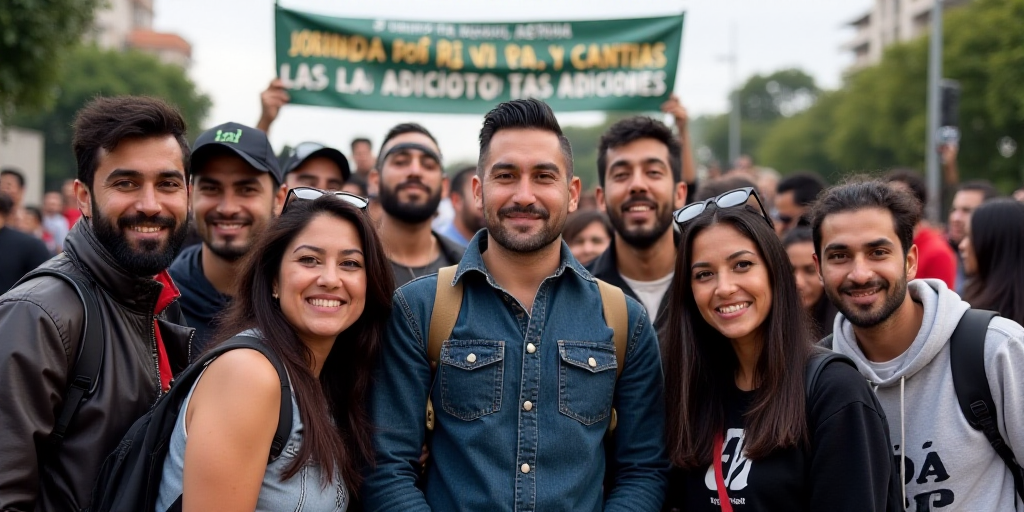Introduction to the Common Curriculum Framework for Upper Secondary Education (MCCEMS)
The Mexican Secretaría de Educación Pública (SEP) has published the Acuerdo 21/08/25 in the Diario Oficial de la Federación (DOF), establishing and regulating the Marco Curricular Común de la Educación Media Superior (MCCEMS). This educational model guides and standardizes the delivery of upper secondary education across 17,798 institutions nationwide, serving as the academic foundation for the National Bachillerato System.
Objectives of MCCEMS
According to SEP’s head, Mario Delgado Carrillo, the primary goal of MCCEMS is to cultivate a critical citizenry capable of engaging in their environment based on human rights and community needs. This model strengthens collective identity and encourages a teaching practice that builds strong connections between schools and communities.
Development of Essential Knowledge and Skills
Delgado Carrillo explained that both the fundamental and expanded curricula promote the development of essential knowledge and skills, as well as the creation of healthy school environments. The MCCEMS was developed based on a national diagnostic that gathered experiences, proposals, and reflections from educational communities across Mexico’s 32 entities.
Connection to the New Mexican School Project
The MCCEMS is a crucial component of the National Bachillerato System under the New Mexican School (NEM) project, led by President Claudia Sheinbaum Pardo. This national transformation initiative identifies essential knowledge with a scientific and humanistic focus, redefining the teacher’s role as a social transformation agent.
Key Features of MCCEMS
- Mobility and Transferability: Students will have the freedom to transfer between schools, ensuring perfect mobility. Upon graduation, they will receive two certificates: one from the National Bachillerate and another technical certificate validated by a higher education institution.
- Updated Technical Cares: Over 200 technical careers have been updated, with 15 new additions such as Robotics, Artificial Intelligence, Automation, Semiconductors, and Digital Animation to foster development in Mexico’s Well-being Poles, a strategy championed by President Sheinbaum.
- Inclusive and Relevant Formative Paths: The new model establishes inclusive and pertinent formative paths, considering regional heterogeneity, structural inequalities, and community realities to ensure access to dignified and fair education for students from vulnerable contexts.
- Collective Pedagogical Construction: The MCCEMS pedagogical project is built collectively, in dialogue with the educational community’s realities, and supported by teacher autonomy. Philosophically, it embraces Mexican Humanism to foster critical subjectivities, shared knowledge, and dialogue with national history and Mexico’s global role, acknowledging plurality and ensuring respect, care, substantive equality, and social justice.
Curriculum Components
The MCCEMS comprises two main curricula: the Fundamental Curriculum organizes knowledge and experiences in areas like Language and Communication, Mathematical Thinking, Natural and Social Sciences, History, Philosophy, Digital Culture, and English. The Expanded Curriculum promotes student retention in the National Bachillerate System and the construction of healthy, diverse, democratic, and gender-perspective school environments.
Implementation Timeline
Within 225 business days from the Acuerdo 21/08/25’s entry into force, SEP, through the Subsecretaría de Educación Media Superior, will establish the components of formation and curriculum structures for bachillerate or equivalent studies defining the fundamental, expanded, and labor curricula. These will design preschool and dual-modality school services’ plans and programs under the National Bachillerate System (SEN).
Key Questions and Answers
- What is the main objective of MCCEMS? The primary goal of MCCEMS is to develop a critical citizenry capable of engaging in their environment based on human rights and community needs.
- How does MCCEMS promote student mobility? MCCEMS ensures perfect mobility between schools, allowing students to transfer without losing their academic progress. Upon graduation, they receive two certificates: one from the National Bachillerate and another technical certificate validated by a higher education institution.
- What updates have been made to technical careers? Over 200 technical careers have been updated, with 15 new additions focusing on areas like Robotics, Artificial Intelligence, Automation, Semiconductors, and Digital Animation to support development in Mexico’s Well-being Poles.
- How does MCCEMS address educational inequalities? MCCEMS establishes inclusive and relevant formative paths, considering regional heterogeneity, structural inequalities, and community realities to ensure access to dignified and fair education for students from vulnerable contexts.






